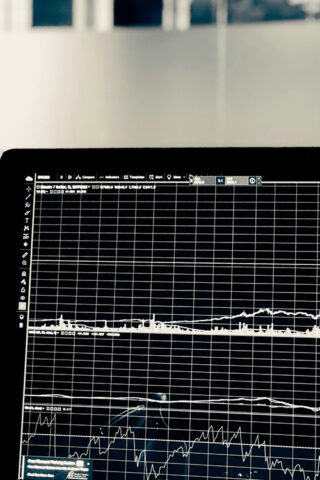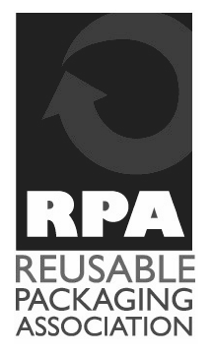When it comes to pursuing a truly circular economy, there may be no industry in America more ripe for reform than the healthcare sector. It represents about 20 percent of our economy, and yet it’s still mostly mired in confusing regulations and old habits that prevent it from becoming more environmentally and socially progressive.
If you’ve been to a doctor’s office lately you can readily see evidence of that wasteful “take/make/dispose” linear economy mindset. From single-use gowns to unused supplies of sutures, syringes and gauze pads, millions of pounds of surplus medical supplies and equipment are sent to landfills and incinerators that, for various regulatory reasons, hospitals and medical companies must discard. According to Practice Greenhealth, hospitals generate over 29 pounds of waste per bed per day.
But it’s not just small supplies that are discarded. Take an old mammography machine that gets stuck in a warehouse when it’s replaced by a newer model. The older machine might have little value in this country, but would be heartily welcomed in many others where healthcare systems are starved for resources.
You know the old adage about having enough food to feed everyone already, but it’s just “a distribution problem”? It turns out that as a planet we already produce enough food for everyone, but can’t get it where it needs to go equitably.
Unused medical supplies and used equipment follow a similar pattern—excess amounts in one place are not easily redistributed to areas of need. This is a classic circular economy challenge.
But there are visionary organizations finding solutions, like Maine-based Partners for World Health (PWH), founded by a dynamic retired nurse.
I met Elizabeth McLellan recently and was inspired by what she told me. PWH works with manufacturers, distributors and over 100 hospitals and other healthcare facilities in New England to collect, sort, evaluate, repackage, and prepare these supplies and equipment for distribution to individuals, communities, and healthcare facilities in need both locally and internationally.
Locally, they have the equivalent of a lending library for reusable items like wheelchairs, crutches or home health equipment that can be borrowed and returned for reuse after patients recover.
Internationally, each year PWH sends nearly two dozen forty-foot containers of donated medical supplies and equipment to under-resourced hospitals, clinics and humanitarian organizations in places like Ukraine, Uganda, Nepal and Bangladesh. Every item they send overseas is a silent testament to how our own healthcare system is so far from the circular economy model. The average value of goods shipped in each container exceeds $200,000.
But the good news is that there is more focus than ever in the healthcare industry on sustainability and ESG (Environmental, Social, Governance) efforts. Practice Greenhealth, a membership network of more than 1,400 healthcare organizations focused on environmental sustainability, has grown by 17% in the last two years.
Socially, there are more organizations like PWH and Atlanta’s Medshare addressing health inequity, which refers to avoidable differences in health between different groups of people. In their most recent fiscal year, Medshare was able to improve the lives of 4.7 million people in 41 countries, including the U.S., and provide $18 million in aid.
But what about healthcare providers in areas outside the reach of organizations like Medshare and PWH? How do we enable all healthcare organizations to minimize waste and maximize their social impact? How do we measure and report those impacts?
Answer: By working with organizations like ours that plug them into the circular economy, they will derive data they can use to demonstrate that impact—whether it’s social or environmental—whether it’s a local community or one on the other side of the planet.
Onepak’s ReturnCenter platform is like the fireman in control of a firehose—able to strategically direct the flow of used equipment and supplies where they are most needed—an ESG-intelligent routing tool.
Because of our technology infrastructure, Onepak is uniquely positioned to serve as facilitators and data providers in this circular system. By operating a platform that connects all stakeholders and service providers, we can physically move valuable items back into a reuse economy and provide the credible, independent third-party “E” and “S” data about the impact of those efforts.
The healthcare industry needs better metrics to measure the social impact of reuse programs. If you have ideas about how to help these initiatives, or how your organization might benefit from joining a redistribution network, we’d love to hear from you.








